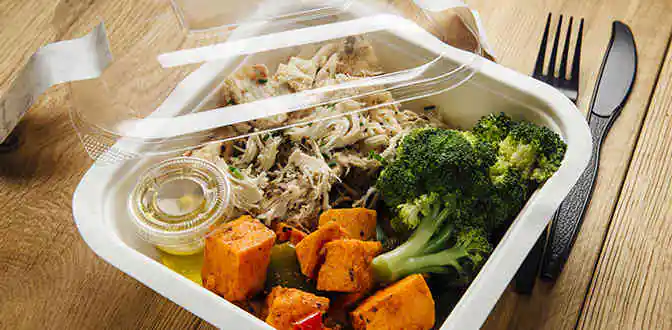As the nation that gave us the 30 Oz large soda at McDonald’s and the 1.2 liter Super Big Gulp from 7-Eleven, the US has earned its reputation as a soda-loving country
Carbonated soft drinks accounted for a whopping 38.07% of the total soft drinks market in the US in 2014, beating out juice, functional drinks, bottled water and tea and coffee.
But while the overall soft drinks market in the US is expected to grow from $155.5 billion in 2014 to $183.1 billion in 2019, it’s not carbonated drinks that are driving the market growth.
It looks like more Americans are turning to soda alternatives to quench their thirst. Functional drinks, which include drinks fortified with vitamins and minerals, bottled water and even tea and coffee are chipping away at the market share of soda.
Health concerns over soda are having an impact on the market
For years, public health pundits in the US have decried the sugar-packed, liquid calories in soda as one of the key contributors to obesity and other health issues in the country. Many have gone as far as proposing soda taxes in various states, which have been swiftly shot down by soda industry lobbyists.
However, while the lobbyists are winning the policy war, they aren’t winning the hearts and minds of consumer, who are starting to reach for healthier alternatives.
In a recent New York Times article, Margot Sanger-Katz writes about the decline of the soda industry in the States.
“Over the last 20 years, sales of full-calorie soda in the United States have plummeted by more than 25 percent. Soda consumption, which rocketed from the 1960s through 1990s, is now experiencing a serious and sustained decline,” writes Katz.
“The public health community has coalesced around an anti-soda message, and health officials and industry experts agree that public attitudes about soda and consumer tastes are shifting in ways that may be permanent.”
This anti-soda sentiment is having a profound effect on the soft drinks market in the US, and acting as the lynchpin for a number of important changes in the industry.
Use of natural sweeteners
As consumers in the US look to lower both their sugar and calorie intake, soft drink vendors are working to develop beverages containing alternative sweeteners, in order to weather the market changes. Both Coca-Cola and PepsiCo have launched low calorie, naturally sweetened products to try and keep their products relevant in the face of evolving consumer preference.
Rise in sales of bottled water and energy drinks
Flavored water and energy drinks are slowly starting to replace soda as a daily drink for Americans. In 2014, the sale of bottled water increased by 4%, while the sale of functional drinks, including energy drinks, increased by 10% compared to 2013.
Increased demand for craft sodas
Despite the falling numbers, soda isn’t dead yet. There is actually an increasing demand for craft sodas, which are manufactured in small batches and tend to contain more natural ingredients. One example of craft soda is PepsiCo’s Caleb’s Kola, which was launched in October 2014 and is made from sparkling water, cane sugar, and kola nut extract.
Innovations in packaging
Sometimes, what’s on the outside is just as important as what’s inside. Many soft drink producers are collaborating with the packaging industry to encourage innovative ideas in packaging, in order to reduce their carbon footprint and reduce the weight of soft drink bottles (which can help save big bucks on logistics). Coca-Cola’s PlantBottle is one example of this—it’s a recyclable PET plastic bottle made partially from plant-based materials.
Most of these trends are a result of soft drink vendors trying to save their image and capture new consumers in the face of plummeting demand for traditional sodas, which will help drive moderate market growth through the forecast period.



